Banner Tow Tragedy
Plane and Pilot
FEBRUARY 20, 2025
Its not button pushing but rather intuitive rudder coordination. The pilot continued to mush along at 55 knots, passing three open parks that could have served as relatively safe drop locations. Immediately the plane rolled and yawed right then rapidly descended in a nose-down left spiraling descent, crashing seconds later.






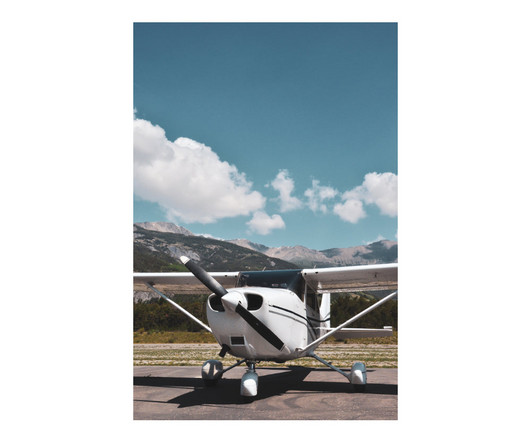

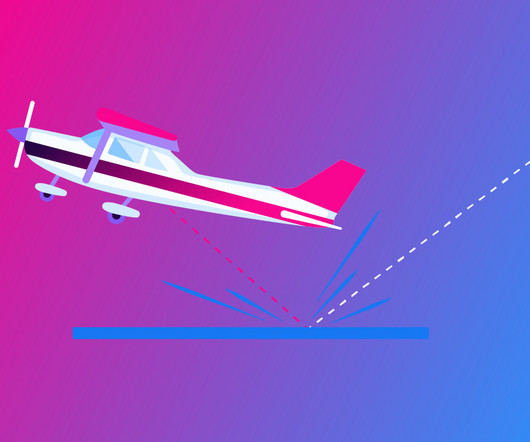


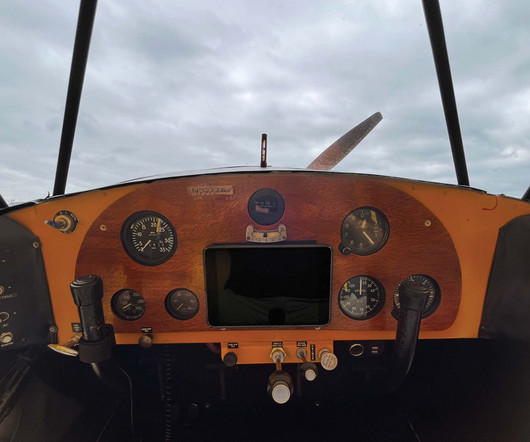





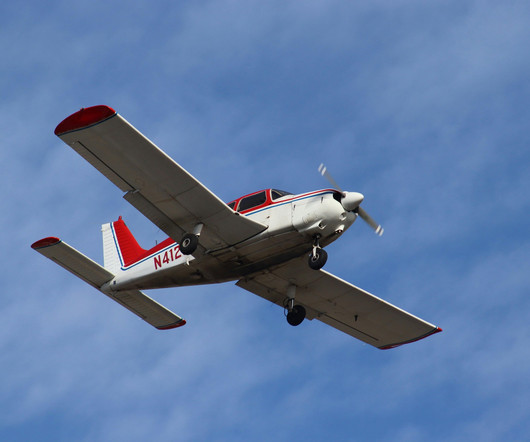
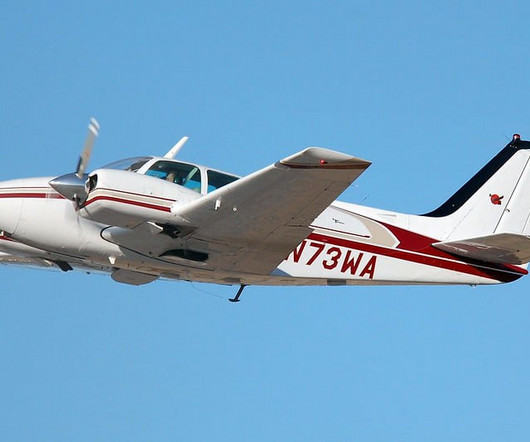

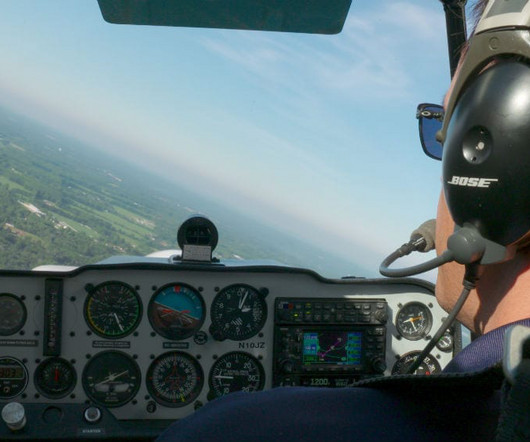










Let's personalize your content